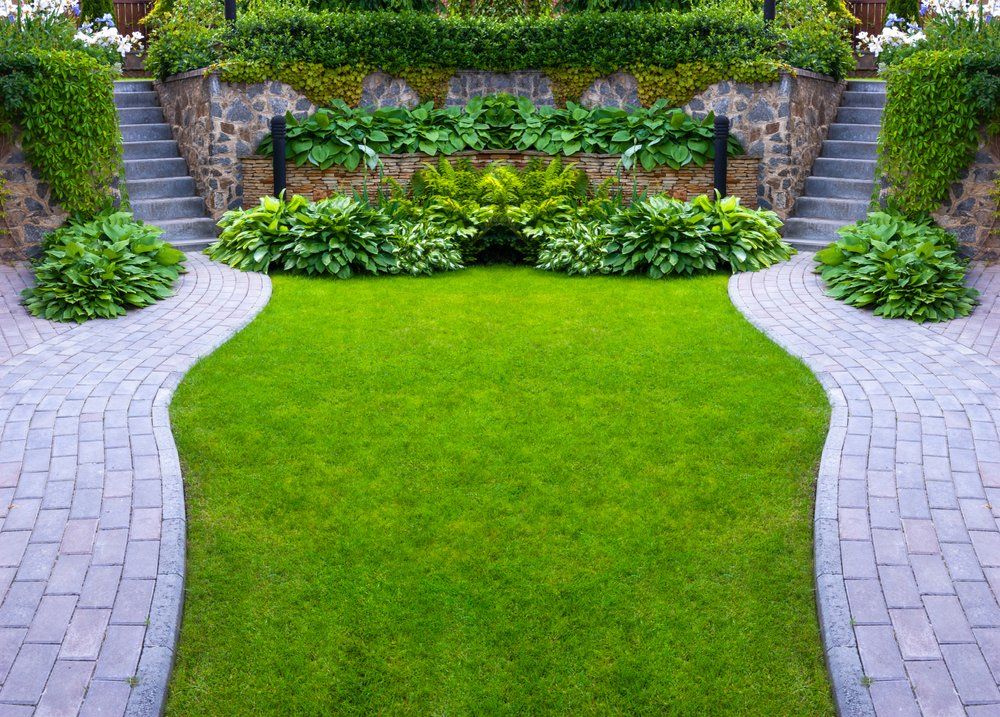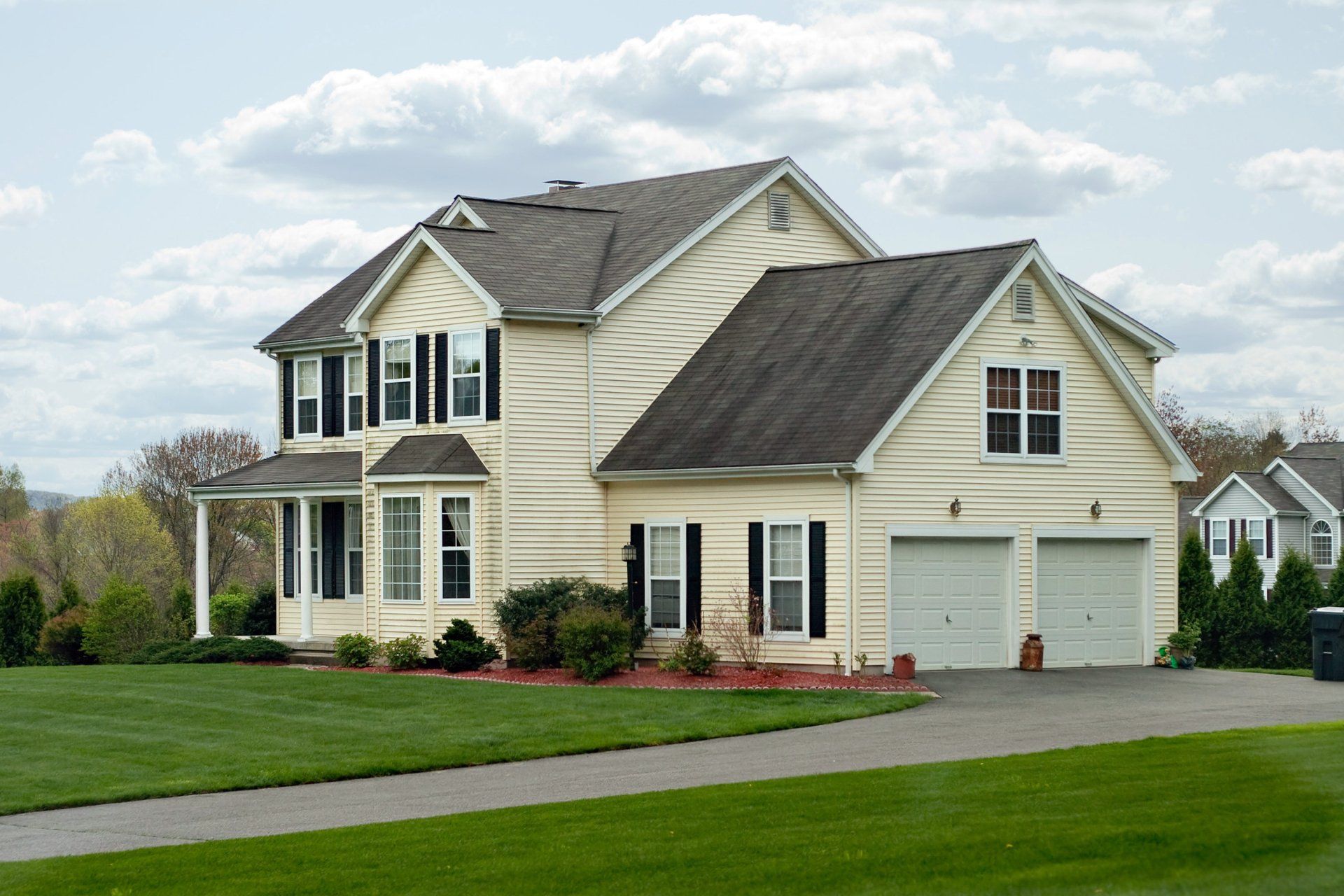Best Landscape Design For Tiny House
For those with limited space, the best landscape design for a tiny house involves incorporating low-maintenance plants and grass, and avoiding over-watering. The most effective design tool is pattern thinking, which can be applied to a variety of landscaping projects. Low-maintenance plants and grass are an excellent choice for a tiny house, as are certain flowering plants that attract hummingbirds and honeybees. In addition, fencing around fruit trees and rock gardens can eliminate the need for water.

Pattern thinking is the best design tool
When planning a small-scale landscape for a tiny house, pattern thinking is the most effective tool. Its advantages are numerous. It is free, user-friendly, and easy to share with others. You can even upload your landscape design to a community forum, where other people can comment on it and offer suggestions. The community forum also provides an opportunity to get reassurance from others that your plan is feasible.
This design software allows you to choose the background image and add multiple objects to the landscape. It also has a large library of different plants and other elements, including information on how to care for them. Its graphical interface makes it very easy to use. The software even includes videos to help you complete your project. It's easy to use and it helps you get the right outcome for your tiny house.
Another free landscape design tool is the Arborgold app. While it's geared towards professional designers, it's useful for the novice as well. It's a one-stop online service that has been around for over 25 years. It strives to provide high-quality service to customers and keep business booming. It's also free and user-friendly. To get started, download the app.
Artificial grass is a low-maintenance option
When it comes to your tiny house's exterior, artificial grass is the best choice. These products are engineered to create a lush green lawn with minimal upkeep. You can rinse them often to remove dust and other contaminants. To maintain a beautiful green lawn, weeds, and poop can be removed or rinsed with paint thinner. Moreover, artificial grass does not stain or attract insects.
However, artificial grass is not the perfect choice for high-traffic areas. For this reason, it's advisable to set aside areas with heat and water heaters. Artificial grass is a durable ground cover that can survive even the roughest dogs. The turf can also be used as a dog run. The yard can become a beautiful dog park with a pet turf.
The advantages of using artificial grass are endless. First of all, it requires no watering and maintenance, unlike real grass, and doesn't require trimming or fertilizing. You can also save on water costs by installing artificial grass instead of real grass. Furthermore, it looks just like real grass and gives a softer appearance. Artificial grass is available in different colors, blade lengths, and textures, allowing you to choose the one that best suits your taste and lifestyle.
Second, artificial grass is eco-friendly. Artificial grass is made from man-made materials that do not need watering. You can use artificial grass without fear of harmful chemicals. You can even plant flowers in it. It is also an affordable option for tiny house owners. However, you must take into consideration the environmental implications of artificial grass. This material is not only eco-friendly, it is also pet-friendly.
Raised bed gardening
If you live in a rural area, raised bed gardening is one of the best options for your tiny home's landscape. Raised beds are great for small plots because they require minimal maintenance and have few weeds to worry about. Most vegetables require at least six hours of sunlight per day to grow properly. However, it's important to consider the location of your raised bed garden before you get started. Raised beds can still be impacted by pooled water or rain.
Another advantage of raised beds is that they provide better drainage than flat, surface-level gardens. Raised beds also help prevent soil contaminants from reaching the roots of plants. In addition to improved drainage, raised beds also make gardening accessible to those with disabilities. Raised beds are also more spacious than their flat counterparts, so a small garden is a great fit for any tiny house. It can be built from inexpensive materials such as treated wood or cinder blocks.
Raised beds also allow you to grow vegetables and other edible plants throughout the year. You can choose plants for the fall, winter, spring, and summer seasons based on the season. Edible plants, like lettuce and radishes, have colorful fruits. Consider what colors will complement each other, and go with them. For example, a dwarf yellow cherry tomato plant pairs well with a bright red geranium, so it's a good idea to plan your landscape around your fruit.
Paving stone patios
When designing the best landscape design for a tiny house, one option for outdoor living is a paved stone patio. A stone paved patio is not only attractive, but it is also extremely durable. This type of patio is also versatile; it can be covered when the tiny home is parked permanently on its foundation. That way, you can enjoy the outdoors during any season. And if you're worried about tripping on a slippery stone patio, you can always cover the entire patio.
One of the most popular paver styles is natural bluestone. This stone comes in blue-grey colors and can be cut into any shape or style you want. Bluestone is durable, and it can withstand harsh weather. For the most sophisticated look, you should choose a premium stone, such as granite. Because of its high durability and premium look, this stone is commonly used in modern landscape designs.
Before players can be installed, you need to prepare the patio area. If you don't have a paved stone patio, you can place a foundation of gravel or builder's sand on top. You can also use a garden hose to lightly water the gravel and sand before installing the stones. Once the paving stone patio is in place, it's time to install a bench.
Fire pits
A fire pit can be an important part of a landscape design for your tiny house, whether it is a freestanding one or a built-in one. Before choosing a fire pit, consider its function. A fire pit can be a cozy area to sit by with friends or family, while still leaving enough room for beverages or feet to lift. The size of your fire pit will also determine the size of your seating. Designer Scott Shrader recommends that fire pits are at least 31 inches deep. To make the area more comfortable, you can plant tall plants around the fire pit to create walls.
To make the fire pit look as if it were part of the property, choose a square or a circular shape. If you have limited space, choose a smaller round fire pit and place it in the center of the yard. This will give it a more intimate look and blend in nicely with the scenery during the day. In addition, you can use a metal ring to make it look like it's part of the landscape.
Choose plants with striking color combinations. Plants with blue leaves will complement a sunny, warm climate. Try dwarf fountain grass, Russian sage, and kangaroo paw. Use different textures to frame a fire pit. A fire pit with colorful rocks is a great focal point, and a fire pit with a unique shape can be a fun addition to your landscape. And don't forget the fire pit!
Window boxes
A window box can be an excellent way to add color and curb appeal to your tiny home. You can also use colorful, trailing greenery to add height and contrast. Decorative grasses, such as purple fountain grass, are perfect for this. These plants require weekly deadheading. Another easy-care plant is Mexican Fleabane, a perennial with tumbling froths of tiny pink and white flowers.
When selecting the right plants for your window boxes, you must keep in mind that some plants require more space than others. If you are planting evergreen topiary or shrubs, you should make sure to check the label of each plant to determine its eventual spread. Also, make sure the window box is secure, as wood can become brittle when full of plants. Once you've chosen the right plants, fill the window box with compost until it's about two centimeters above the top of the plant.
When choosing flowers for your window boxes, choose bright, cheerful colors. Lobelia has stunning blue flowers and is a great trailing plant. White flowers on a white house are a classic combination, especially when combined with black trim. Window boxes in Charleston, South Carolina, feature an abundance of colourful flowers. These plants add a splash of colour to a bare window. They also keep the window box from being monotonous, especially when paired with blue accents on the house.




